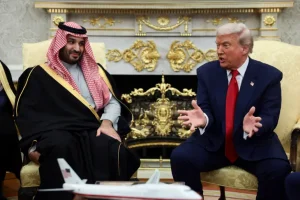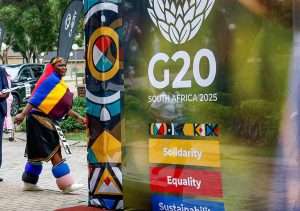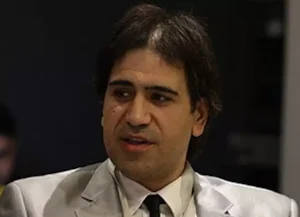War on worship: Religious sites hit in Gaza, West Bank by Israel
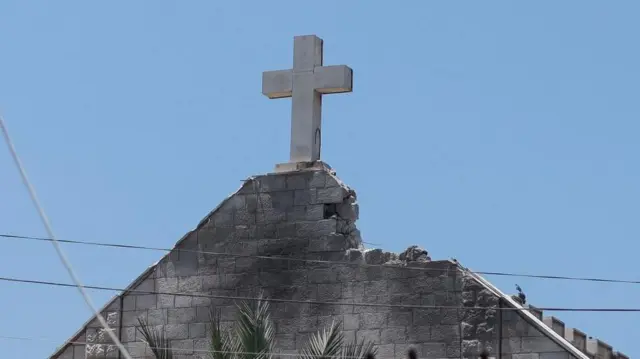
Israeli officials continue to insist they do not target places of worship – yet churches, mosques, and cemeteries across Gaza and the West Bank lie in ruins. After Gaza’s only Catholic church was destroyed, a deeper question emerges: What happens when war becomes a war on memory itself? If religious sites keep turning to rubble, is this collateral damage – or a calculated campaign to erase identity?
Israeli airstrikes on July 17th reduced Gaza’s only Catholic church, the Church of the Holy Family, to a skeleton of rubble. The building had sheltered dozens of civilians, including elderly people and children. Survivors described the terror as the roof collapsed during prayer.
Israeli forces acknowledged the strike and Prime Minister Benjamin Netanyahu expressed “deep regrets”, but failed to explain how a known place of worship became a target. The only explanation given was “stray ammunition”. Yet, Netanyahu still claims Israel is “committed to protecting civilians and holy sites.”
This attack forms part of a broader pattern. Israeli missiles struck Gaza’s historic Greek Orthodox Church of Saint Porphyrius in October 2023, killing civilians who had taken refuge inside. Anadolu Agency reported that an Israeli strike also hit the Anglican Al-Ahli Arab Hospital church compound later that year. These were not military installations. They were sanctuaries – many housing families who fled bombardments elsewhere.
Gaza’s Christian population numbers fewer than 1,000 people, according to BBC. Yet their houses of worship have repeatedly come under fire. In a rare show of solidarity, Christian patriarchs from across the region visited the ruins of the Catholic church. Israel claims these strikes are tragic mistakes. But a mistake doesn’t repeat itself three times, in three different churches, across years.
Pattern of desecration
Israeli forces have not confined the destruction of religious sites to Gaza. In South Lebanon, soldiers desecrated a Christian church during a ground operation. The New Arab reported that troops filmed themselves dancing in front of the altar, mocking religious icons and leaving behind graffiti. The footage circulated online, triggering outrage among Lebanese clergy.
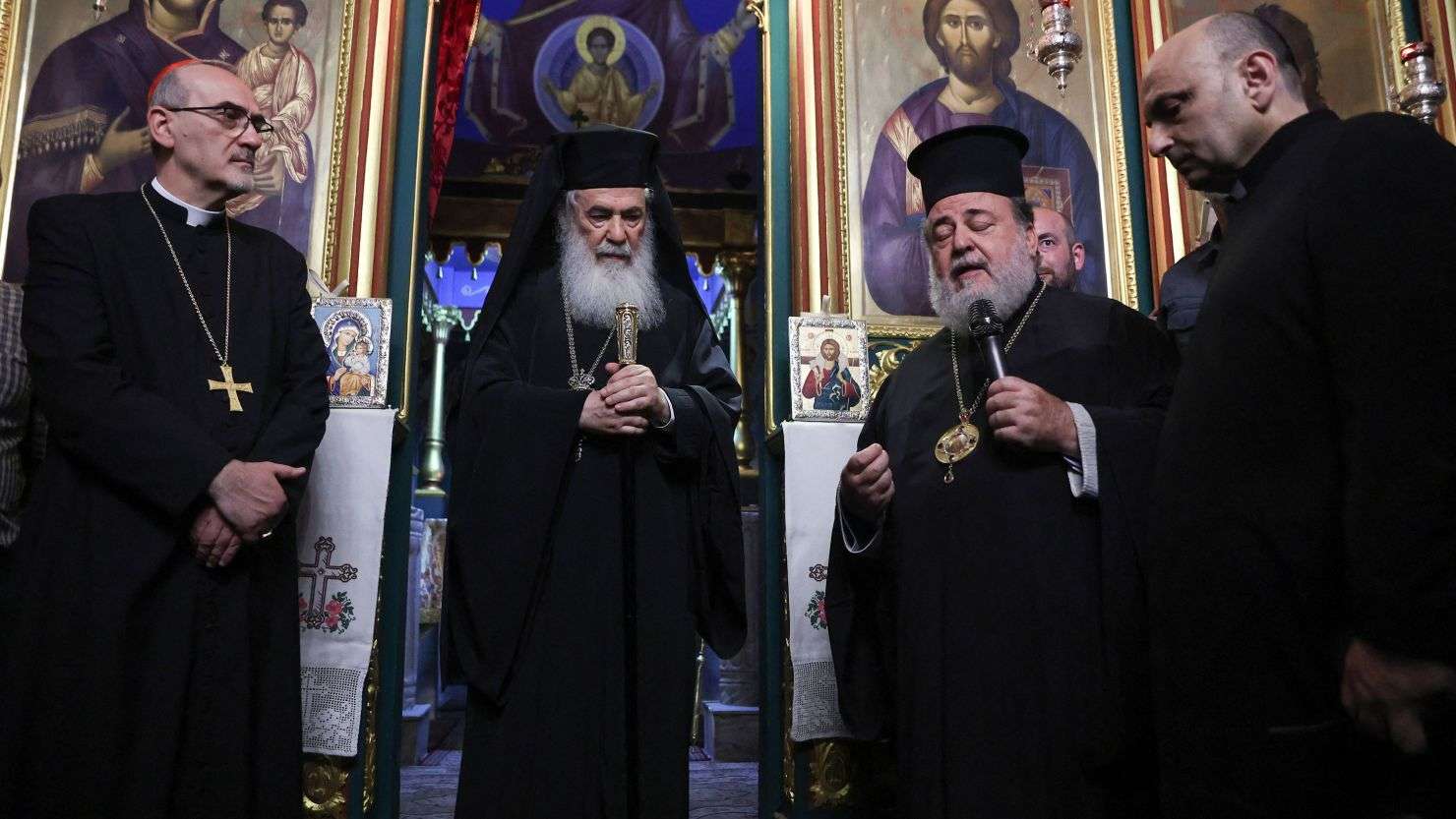
This kind of conduct extends beyond churches. An investigation as far back as January 2024 by CNN found that Israeli tanks and bulldozers desecrated multiple cemeteries across Gaza. In one instance, aerial footage revealed crushed gravestones and partially exposed remains. Satellite images analysed by forensic experts confirmed the pattern of deliberate incursion into burial sites.
As a significant religious site, cemeteries hold more than the dead – they preserve ancestry, belonging, and history. When Israeli armour grinds through graveyards and troops scrawl graffiti inside churches, the target shifts from the body to the soul. These are not accidents of war. They are symbols of control. The Israel Defense Forces (IDF) said they had “no other choice” when targeting Hamas officials.
While Israeli officials continue to frame these incidents as unfortunate products of conflict, the consistency of these violations suggests otherwise. The same disregard for the sacred appears in sites of Israel’s foes.
As desecration stretches from cathedrals to cemeteries, the pattern grows harder to dismiss. The destruction of the sacred no longer appears incidental, it begins to look intentional.
Denial and regret
Israeli officials regularly issue statements of denial or regret following attacks on religious sites. But these statements have failed to halt the damage. Anadolu Agency reported on July 18th that at least three churches have suffered direct strikes since the start of the conflict in Gaza on October 2023.
Independent investigations have revealed repeat violations of religious space, including the bombing of shelters clearly marked with crosses, and the destruction of sacred cemeteries.
Israel’s pattern of striking known religious compounds, even those registered with humanitarian organisations, undermines the claim that these are unavoidable errors.
The strikes also occur amid staggering civilian harm. For example, The United Nations has warned of the rising toll on Gaza’s children, reporting that 10 lose limbs daily, with many injured inside buildings that are meant to provide refuge.
While Israel continues to express regret, it issues no meaningful change in operational practice. No independent accountability process has followed any of these church strikes. Apologies arrive after the fact, but the pattern continues. But as the BBC reported in early 2024, Israel has maintained that the strikes are unfortunate but lawful.
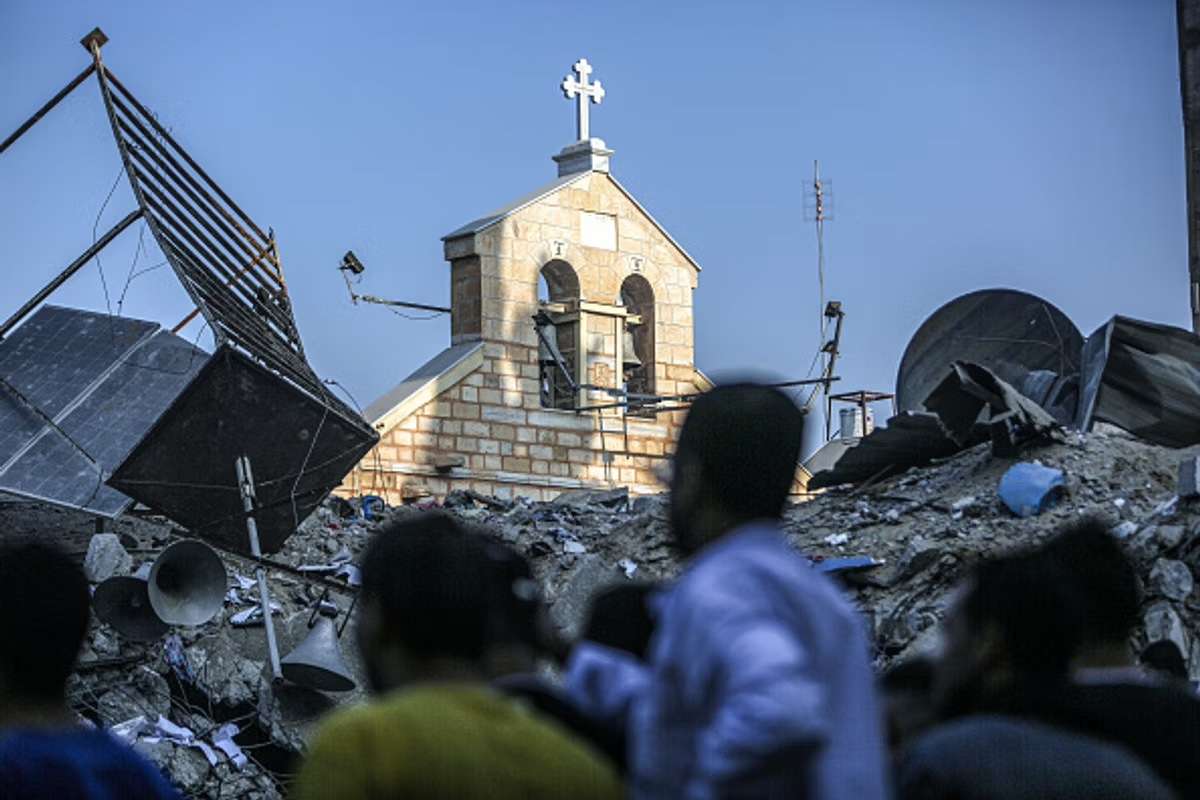
The erasure of faith and identity
Israeli bombardment has not only demolished homes and infrastructure – it has systematically destroyed Gaza’s religious and cultural heritage. According to Al Jazeera, airstrikes have levelled centuries-old mosques, libraries, and Christian landmarks. Experts describe the scale of damage as a form of “cultural genocide” – As Al Jazeera termed it, a campaign not only against people, but against memory, language, and continuity.
France 24 via AFP documented the desecration of Muslim mosques as Israeli forces targeted multiple mosques in Nablus during a military operation in the northern West Bank, damaging six in total, including the historic al-Nasr mosque. Local authorities condemned the destruction, describing it as part of a systematic campaign against Islamic holy sites.
The assault occurred as Muslims marked the beginning of Ramadan, intensifying outrage. Religious officials and the Nablus municipality accused Israeli troops of deliberately obstructing emergency crews and desecrating places of worship. The mosque attacks form part of a broader Israeli offensive that has expanded beyond refugee camps, displaced tens of thousands, and included the first deployment of tanks in the West Bank in two decades.
The term of “cultural genocide” reflects more than destruction. It signals an intent to sever a people from their roots. A destroyed church cannot bury future generations. A shattered mosque cannot pass on sacred texts. A cemetery with upturned graves cannot teach a child where they came from.
The loss of historic landmarks like the Great Omari Mosque and Byzantine Church of Jabalia marks a wound not only in the landscape but in collective identity.
The destruction signals to Palestinians that their past no longer exists, and their future holds no sanctuary. When faith falls under fire, and when the spaces that carry it turn to ash, what remains sacred?
Al Jazeera, Maghrebi.org, Reuters, Anadolu Agency, BBC, The Guardian, The New Arab, CNN, France 24 via AFP
Want to chase the pulse of North Africa?
Subscribe to receive our FREE weekly PDF magazine




